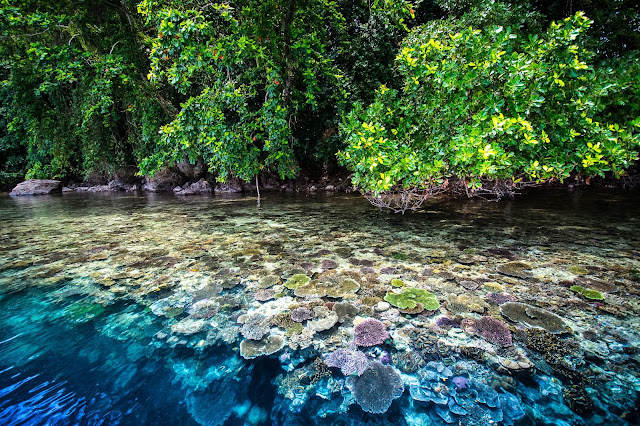Protecting the Shoreline

Managing and conserving marine life around our shores is as important as regulating development on the land. Dr Anjani Ganase speaks for life in the ocean and advocates planning that extends to the ocean beyond the coastline. Marine spatial planning is the responsibility of everyone who enjoys an ocean activity. As islanders we see our ocean backyard as vast and endless. The science tells us different. Historically, islands of the Caribbean have recorded overreach of ocean resources. Fisheries and industries have expanded from coasts to deep sea areas that have never been explored before. Coastal communities are washed by pollutants in the form of oil and plastics from neighbouring islands which choke beaches, mangroves and coastlines. Sensitive areas are encroached upon and degraded by industry and development. Coastal erosion along Pigeon Point will get worse with sea-level rise. Photo by Anjani Ganase Pigeon Point beach area marked off with buoys. P...



